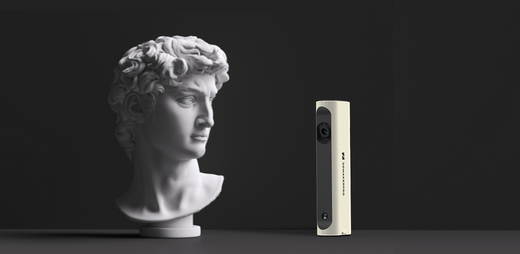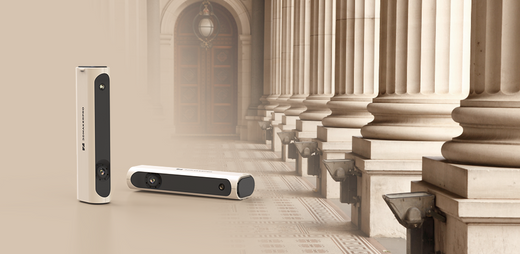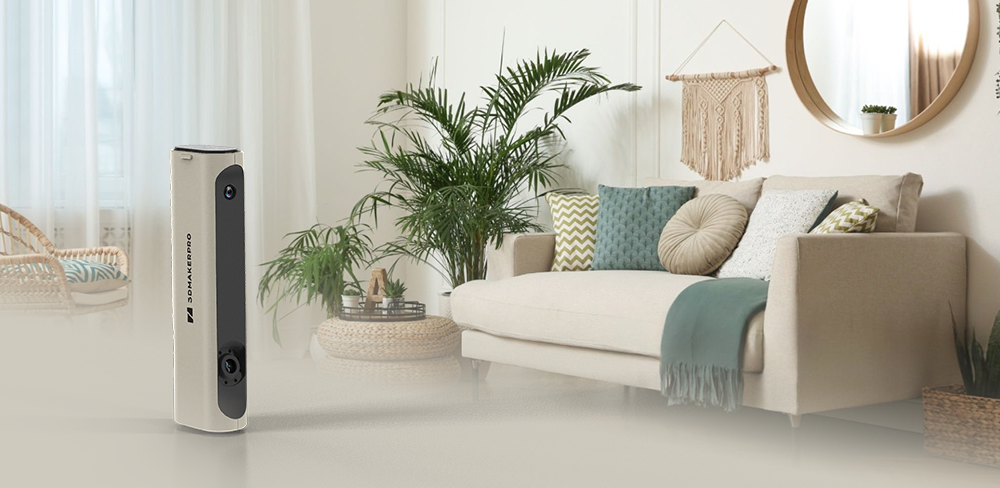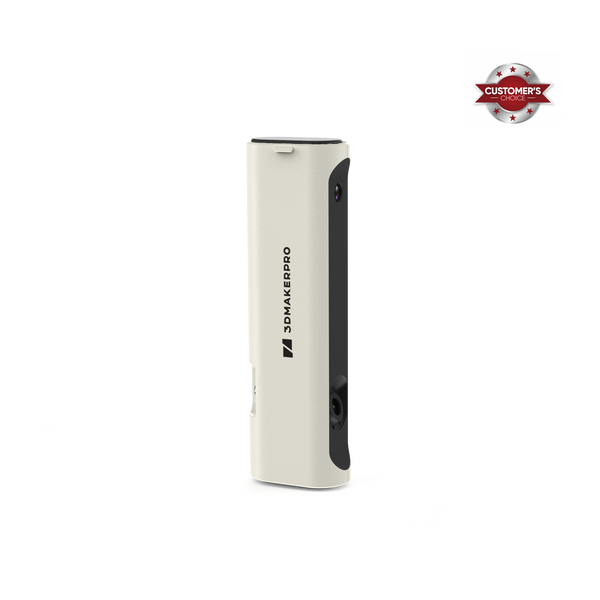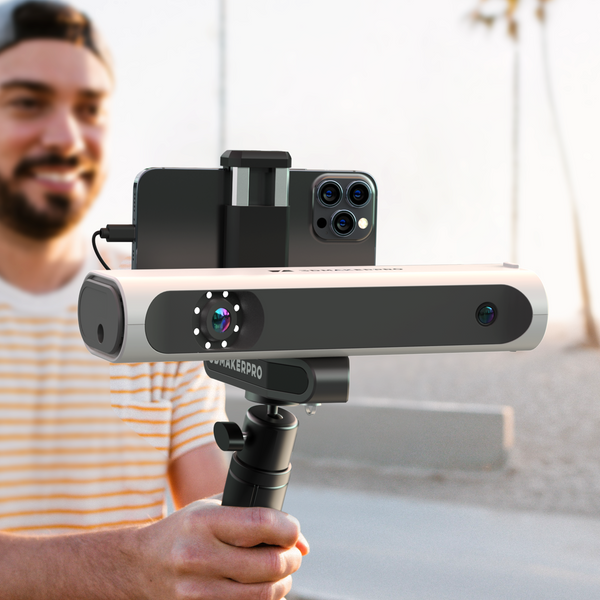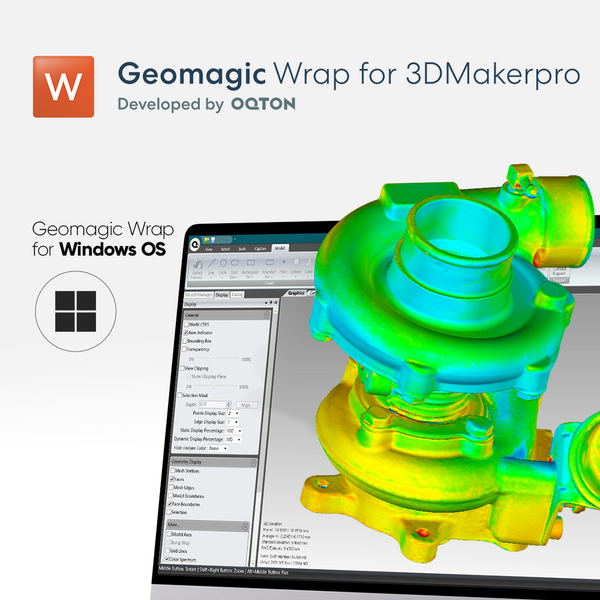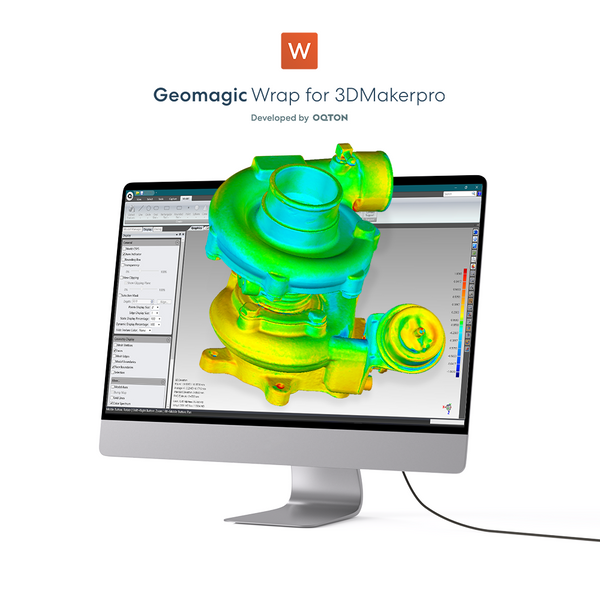The fusion of technology and fashion has been a game-changer in recent years, and 3D scanning technology is at the forefront of this revolution. This innovative technology is transforming the fashion and apparel industry by providing a plethora of benefits that range from enhanced precision and customization to promoting sustainability. Here's a deep dive into how 3D scanning technology is reshaping the world of fashion and apparel.
Precision and Accuracy in Design
One of the most significant advantages of 3D scanning technology in fashion is the unparalleled precision it offers. Traditional methods of measurement and pattern-making can be prone to errors, leading to ill-fitting garments. 3D scanning, however, eliminates these inaccuracies by capturing detailed and precise measurements of the human body. This ensures that garments fit perfectly, catering to individual body shapes and sizes.
Designers can produce more precise digital models of their designs for 3D printing thanks to 3D scanning technology. The ease of analysis and adjustment of these 3D printing models guarantees that every last detail of the finished product precisely reflects the designer's vision. This level of precision is particularly beneficial for high-end fashion brands that demand the highest standards of quality.


Customization and Personalization
In an era where consumers are increasingly seeking unique and personalized products, 3D scanning technology offers a solution. By capturing precise body measurements, this technology enables designers to create custom-fit garments tailored to individual customers. This level of customization enhances customer satisfaction, as they receive garments that fit perfectly and reflect their style and preferences.
Lynx, with its advanced 3D scanning capabilities, takes customization to the next level. Its strength lies in its ability to capture highly accurate and detailed body measurements quickly and efficiently, with up to 0.10mm accuracy, making it ideal for scanning objects ranging from 100mm to 2000mm. This allows designers to create custom patterns and designs with greater precision, ensuring that each garment is a perfect fit for the wearer. Lynx's technology also supports the creation of virtual prototypes, enabling designers to experiment with different styles and materials in the virtual space before committing to physical production. This flexibility in design helps in creating one-of-a-kind pieces that cater to the diverse tastes of consumers.


Enhancing Design with Geomagic Wrap
The integration of Lynx with the user-friendly app Geomagic Wrap further revolutionizes the design process. Geomagic Wrap’s intuitive interface allows designers to import and manipulate 3D scan data captured by Lynx. This powerful app provides a range of tools that enable designers to customize their creations with ease.
With Geomagic Wrap, designers can edit, refine, and perfect their digital models, ensuring that every detail meets their vision. The software's advanced features allow for precise adjustments to measurements, patterns, and designs. This enhances the level of customization and personalization, resulting in garments that fit and flatter the wearer perfectly.
Additionally, Geomagic Wrap supports the creation of virtual prototypes, allowing designers to visualize and test their designs in a digital environment. This reduces the need for physical samples, minimizing waste and speeding up the design process. The combination of Lynx and Geomagic Wrap ensures that designers have the tools they need to create innovative and sustainable fashion.

Enhancing Sustainability
Sustainability is a pressing concern in the fashion industry, and 3D scanning technology is playing a crucial role in addressing this issue. The traditional process of creating garments involves multiple rounds of prototypes and fittings, leading to a significant waste of materials and resources. With 3D scanning, designers can create virtual prototypes and conduct fittings in the digital space, reducing the need for physical samples. This minimizes waste and shortens the design and production cycle, making the process more efficient.
Furthermore, 3D scanning technology enables the use of on-demand production. Instead of mass-producing garments based on estimated demand, fashion brands can produce custom-fit garments only when an order is placed. This approach reduces overproduction and the associated environmental impact, promoting a more sustainable and responsible fashion industry.
Streamlining the Supply Chain
The integration of 3D scanning technology in the fashion and apparel industry also streamlines the supply chain. By digitizing the design and production process, fashion brands can collaborate more effectively with manufacturers and suppliers. Digital models and precise measurements can be shared seamlessly, reducing the risk of errors and miscommunication.
Moreover, 3D scanning technology facilitates better inventory management. With accurate data on customer preferences and body measurements, brands can optimize their inventory to meet demand more effectively. This reduces the need for excess stock and minimizes the risk of unsold items, further contributing to sustainability.
Future Prospects
The potential applications of 3D scanning technology in fashion are vast, and we are only scratching the surface. As the 3D scanning and printing technology continues to evolve, we can expect even more innovative uses and benefits. For instance, 3D scanning can be combined with augmented reality (AR) to create virtual fitting rooms, allowing customers to try on clothes without physically wearing them. This could revolutionize the online shopping experience, making it more interactive and personalized.
Advancements in 3D scanning technology can lead to the development of smart fabrics and wearable technology. By capturing detailed data on body movements and posture, designers can create garments that adapt to the wearer's activities, providing comfort and functionality.

Conclusion
3D scanning technology is revolutionizing the fashion and apparel industry by enhancing precision, customization, and sustainability. As this technology advances, its impact on fashion will only grow, paving the way for a future where technology and fashion are seamlessly integrated. The result is a more efficient, sustainable, and personalized fashion industry that caters to consumers' diverse needs and preferences.



